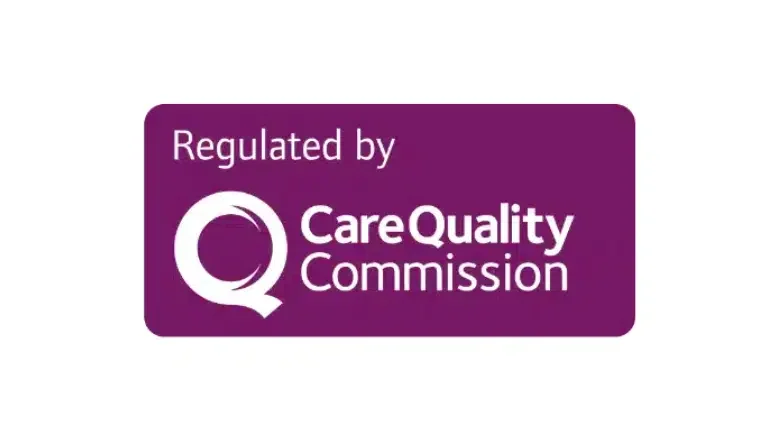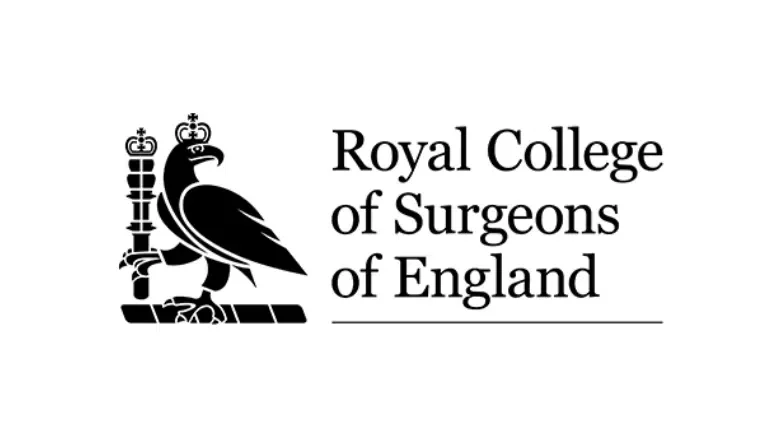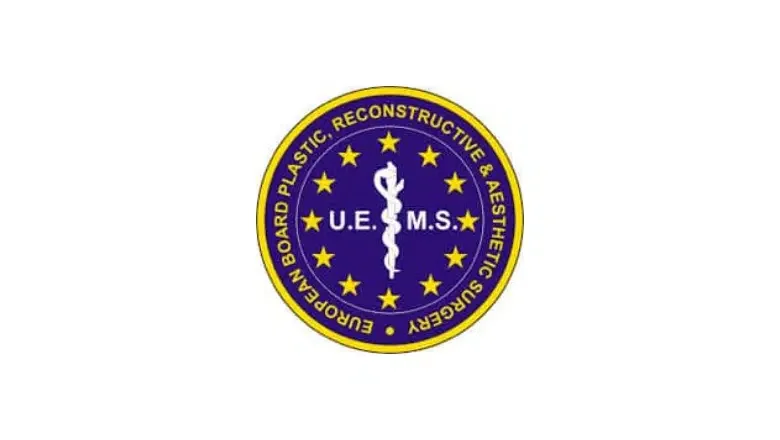A brow lift, also known as a forehead lift, is a cosmetic surgical procedure that is designed to lift and tighten the skin and soft tissue of the forehead and eyebrows. The procedure can help to reduce the appearance of wrinkles, creases, and drooping skin in the forehead area, resulting in a more youthful and refreshed appearance.
During a brow lift procedure, the surgeon will make incisions in the scalp and lift the skin and underlying tissue to reposition the eyebrows and smooth out wrinkles and lines. The procedure can be performed using different techniques, including endoscopic, open, and temporal brow lifts, each with its own unique advantages and disadvantages.
RELATED: Brow Lift vs Blepharoplasty – Which One Is Right For Me?
After undergoing any surgical procedure, including brow lift, it is common to experience bruising and swelling. However, the severity and duration of these side effects may vary from person to person. In general, patients can expect to experience some bruising and swelling during the first few days after the procedure. Although, most patients find that these side effects subside within 1-2 weeks. Bruising usually disappears faster than swelling, and it is crucial to follow the post-operative instructions provided by your surgeon to minimise the impact of swelling and bruising after brow lift surgery.
Centre for Surgery in London is known as the leading cosmetic surgery clinic in the UK, with significant expertise in brow lift surgery. Our surgeons are committed to providing the highest standards of medical care before, during, and after your procedure. You will receive detailed preoperative and post-operative instructions to help you achieve the best possible results after a brow lift.
RELATED: Eyelid Surgery, Brow Lift or Injections?
How to minimise bruising and swelling after brow lift surgery
A brow lift, also known as a forehead lift, is a cosmetic surgical procedure that is designed to lift and tighten the skin and soft tissue of the forehead and eyebrows. While this procedure can help to create a more youthful and refreshed appearance, it can also result in temporary side effects such as bruising and swelling. If you are planning to have a brow lift, or have just had the procedure, there are steps you can take to minimise these side effects and help ensure a smooth recovery.
Here are some tips on how to reduce bruising and swelling after a brow lift:
-
Follow your surgeon’s post-operative instructions
Following your surgeon’s post-operative instructions is crucial to a successful recovery after a brow lift. Your surgeon may provide you with specific instructions on how to care for your incisions, how to manage pain and discomfort, and when you can resume normal activities. It is important to follow these instructions carefully to help reduce the risk of complications and minimize bruising and swelling.
-
Use cold compresses
Using cold compresses on the forehead and eyes can help to reduce swelling and bruising after a brow lift. Cold temperatures can help to constrict blood vessels and reduce inflammation, which can help to minimise the severity and duration of these side effects. Your surgeon may recommend that you use cold compresses for the first few days after the procedure, and then switch to warm compresses after that.
To make a cold compress, you can use a clean washcloth or a bag of frozen peas or other vegetables. Wrap the compress in a towel or cloth to prevent direct contact with the skin, and apply it to the forehead and eyes for 10-15 minutes at a time. Repeat this process several times a day as needed.
-
Keep your head elevated
Keeping your head elevated when sleeping or resting can help to reduce swelling and bruising after a brow lift. This position can help to improve blood flow and reduce fluid buildup in the forehead area, which can help to minimize the severity and duration of these side effects.
Your surgeon may recommend that you sleep with your head elevated for the first few days after the procedure, and may also suggest that you use extra pillows to keep your head elevated during the day.
-
Avoid certain medications
Certain medications can increase the risk of bleeding and bruising after a surgical procedure. Your surgeon may recommend that you avoid these medications for a certain period before and after your brow lift to help reduce the risk of complications.
Avoidable medications include aspirin, ibuprofen, and other non-steroidal anti-inflammatory drugs (NSAIDs). Your surgeon may also recommend that you avoid herbal supplements or other natural remedies that can increase the risk of bleeding.
-
Stay hydrated
Staying hydrated after a brow lift can help to reduce the risk of complications and promote healing. Drinking plenty of water and other fluids can help to flush out toxins and reduce inflammation, which can help to minimise the severity and duration of bruising and swelling.
Your surgeon may recommend that you drink at least 8-10 glasses of water per day, and may also suggest that you avoid alcohol and caffeine for a certain period after the procedure.
-
Eat a healthy diet
Eating a healthy, balanced diet after a brow lift can help promote healing and reduce the risk of complications. Your body needs nutrients to repair itself after surgery, and eating a diet rich in vitamins and minerals can help speed up the healing process.
Your surgeon may recommend eating plenty of fruits and vegetables, lean protein, whole grains, and other healthy foods after the procedure. They may also suggest that you avoid foods that are high in sodium, sugar, or other ingredients that can contribute to inflammation and swelling.
While these tips can help reduce the risk of complications and promote healing after a brow lift, it is important to follow your surgeon’s instructions carefully and contact them if you have any concerns or questions. If you experience severe or prolonged bruising or swelling after the procedure or develop other symptoms such as fever, pain, or redness, be sure to contact us immediately.
With proper care and attention, most patients can recover fully from a brow lift within a few weeks and enjoy the full benefits of this popular cosmetic procedure.
Recovery after Brow Lift Surgery FAQS
How can I reduce bruising after brow lift surgery?
To reduce bruising after brow lift surgery, you can follow these tips:
- Apply cold compresses: Applying ice or a cold compress to the surgical area can help reduce swelling and bruising. You can apply cold compresses for 20 minutes at a time, several times a day.
- Keep your head elevated: It is important to keep your head elevated for the first few days after surgery to reduce swelling and promote healing.
- Avoid blood-thinning medications and supplements: Certain medications and supplements, such as aspirin, ibuprofen, and fish oil, can increase the risk of bruising. It is important to avoid these medications and supplements for a few weeks before and after surgery.
- Consume pineapple or bromelain supplements: Bromelain is a natural anti-inflammatory enzyme found in pineapples that can help reduce swelling and bruising. You can consume pineapple or take bromelain supplements before and after surgery.
- Rest and take it easy: It is important to rest and avoid strenuous activities for at least a week after surgery to allow your body to heal and prevent complications.
How long does swelling last after brow lift surgery?
Swelling after brow lift surgery can last for several weeks, with the most significant swelling occurring in the first few days after the surgery. However, the exact duration and severity of swelling can vary depending on the individual patient and the specific surgical technique used.
How can swelling be reduced after a brow lift?
To reduce swelling after a brow lift, you can try the following:
- Apply cold compresses: Applying ice or a cold compress to the surgical area can help reduce swelling. You can apply cold compresses for 20 minutes, several times a day.
- Keep your head elevated: It is important to keep your head elevated for the first few days after surgery to reduce swelling and promote healing.
- Get plenty of rest: Resting and avoiding strenuous activities for at least a week after surgery can help reduce swelling and promote healing.
- Avoid alcohol and salt: Alcohol and salt can cause dehydration and increase swelling. It is important to avoid alcohol and limit salt intake for a few days after surgery.
- Follow post-operative instructions: Follow your surgeon’s post-operative instructions carefully, including taking any prescribed medications and attending all follow-up appointments.
Is bruising and swelling normal after brow lift surgery?
Yes, bruising and swelling are normal after surgery, including brow lift surgery. They are a natural part of the healing process, as the body responds to the trauma of the surgery and works to repair the tissues.
The extent and duration of bruising and swelling can vary depending on the individual patient and the specific surgical technique used. However, bruising and swelling are typically most pronounced in the first few days after surgery and gradually improve over the following weeks.
If you experience excessive or worsening bruising or swelling, or if you have concerns about your healing process, it is important to contact your surgeon. They can evaluate your condition and recommend any additional treatments if necessary.
How many days should you ice your forehead after brow lift surgery?
It is generally recommended that you ice your forehead for the first 48 to 72 hours after brow lift surgery. To help reduce swelling and discomfort, you can apply cold compresses or ice packs for 20 minutes at a time, several times a day.
After the first few days, you can transition to using warm compresses to promote blood flow and speed up healing. Following your surgeon’s specific postoperative instructions and recommendations for applying heat or cold to the surgical area is important.
When should I use scar cream after brow lift surgery?
It would be best if you used scar cream after brow lift surgery once the incisions have fully healed and the sutures have been removed, which is typically about two weeks after the surgery. At this point, your surgeon will likely recommend applying scar cream or ointment to the incision sites.
Scar cream or ointment can help reduce scars by keeping the skin hydrated and providing the necessary nutrients for healing. Follow your surgeon’s instructions for applying the cream or ointment, as the frequency and application method may vary depending on the specific product and your healing process.
It is important to note that scar cream or ointment should not be applied to open or healing wounds, as it can increase the risk of infection or other complications.
How can I speed up healing after brow lift surgery?
While everyone’s healing process is unique, here are some general tips to help speed up healing after a brow lift surgery:
- Follow your surgeon’s post-operative instructions: Your surgeon will provide specific instructions on how to care for your incision sites, take medications, and manage any discomfort after surgery. Following these instructions carefully can help optimize your healing process.
- Get plenty of rest: Rest is an essential part of the healing process. You should avoid strenuous activities for at least a week after surgery to allow your body to heal.
- Stay hydrated: Drinking plenty of water can help promote healing and reduce the risk of complications.
- Eat a healthy diet: Eating a balanced diet rich in nutrients, such as protein, vitamins, and minerals, can help support your body’s healing process.
- Avoid smoking and alcohol: Smoking and alcohol can slow down the healing process and increase the risk of complications. It is important to avoid smoking and limit alcohol consumption for several weeks before and after surgery.
- Apply cold compresses: Applying ice or a cold compress to the surgical area can help reduce swelling and promote healing.
- Attend all follow-up appointments: Attending all scheduled follow-up appointments with your surgeon can help ensure proper healing and address any concerns or complications that may arise.
When can I sleep on my side after a brow lift?
You should avoid sleeping on your side for at least the first week after brow lift surgery, as this can increase swelling and interfere with the healing process. Instead, sleeping on your back with your head elevated for the first few days after surgery is recommended.
After the first week, you may be able to sleep on your side if it is comfortable for you. However, you should still avoid putting pressure on the incision sites and be cautious not to disrupt healing tissues. Your surgeon may recommend using a travel pillow or other support to help keep your head elevated and prevent accidental pressure on the incision sites.
Follow your surgeon’s post-operative instructions carefully to ensure proper healing and minimize the risk of complications. Contact your surgeon for guidance if you have any concerns or questions about sleeping positions after brow lift surgery.
Brow Lift Surgery at Centre for Surgery
Centre for Surgery is the leading cosmetic surgery clinic in London and is home to some of the best facial plastic surgeons in the UK. We regularly perform facial rejuvenation procedures aimed at the upper one-third of the face. A brow lift is commonly combined with blepharoplasty surgery for a comprehensive anti-ageing treatment to get rid of a sagging brow. Call us today to learn more about the benefits of a brow lift at 020 7993 4849, or you can complete the contact form below.










